Acclimating hardwood without air conditioning
ellessebee
10 years ago
Featured Answer
Sort by:Oldest
Comments (6)
millworkman
10 years agogregmills_gw
10 years agoRelated Professionals
Four Corners Flooring Contractors · Desert Hot Springs Flooring Contractors · Everett Flooring Contractors · Glen Burnie Flooring Contractors · Greenville Flooring Contractors · Lincoln Flooring Contractors · Moses Lake Flooring Contractors · Redondo Beach Tile and Stone Contractors · Florham Park General Contractors · Green Bay General Contractors · Oxon Hill General Contractors · Rancho Santa Margarita General Contractors · Reisterstown General Contractors · Shorewood General Contractors · Sun Prairie General Contractorsellessebee
10 years agoellessebee
10 years agogamountains
10 years ago
Related Stories

HEALTHY HOMEGet Cleaner Indoor Air Without Opening a Window
Mechanical ventilation can actually be better for your home than the natural kind. Find out the whys and hows here
Full Story
GARDENING GUIDESGot a Hot, Humid Landscape? Add Tropical Flair With Air Plants
Turn tree trunks and walls into lush canvases with plants adapted to the canopies of the rainforest
Full Story
MATERIALSWhat to Ask Before Choosing a Hardwood Floor
We give you the details on cost, installation, wood varieties and more to help you pick the right hardwood flooring
Full Story
HOUSEKEEPINGHow to Clean Hardwood Floors
Gleaming wood floors are a thing of beauty. Find out how to keep them that way
Full Story
REMODELING GUIDESTransition Time: How to Connect Tile and Hardwood Floors
Plan ahead to prevent unsightly or unsafe transitions between floor surfaces. Here's what you need to know
Full Story
HOUSEPLANTS8 Essentials for Healthy Indoor Plants
Houseplants add so much to our homes — and can thrive when grown in the right conditions. Keep these tips in mind
Full Story
GREAT HOME PROJECTSWhat to Know Before Refinishing Your Floors
Learn costs and other important details about renewing a hardwood floor — and the one mistake you should avoid
Full Story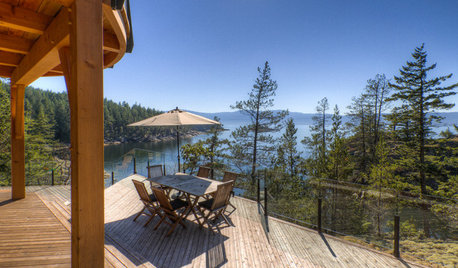
DECKSDecking Materials Beyond Basic Lumber
Learn about softwoods, tropical hardwoods, composites and more for decks, including pros, cons and costs
Full Story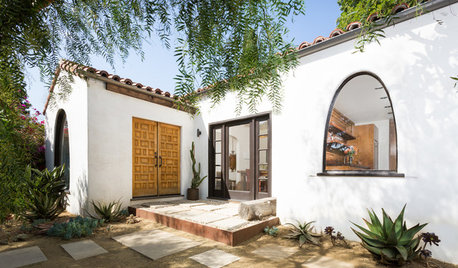
BEFORE AND AFTERSHouzz TV: See Recycled Walls and Cool Cassette Art in a Woodsy DIY Home
Walnut countertops join hardwood floors and pieces made from leftover framing in a bright Spanish colonial
Full Story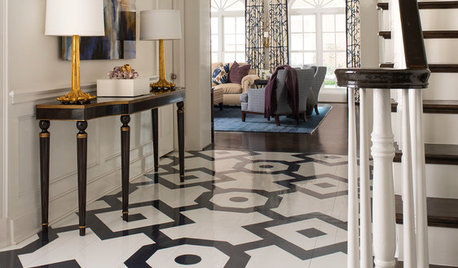
FLOORS6 Alternative Flooring Ideas to Kick Up Your Style
Rubber, cork, concrete and other materials are worthy options in lieu of hardwood or tile
Full Story





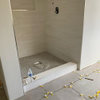

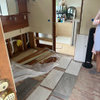
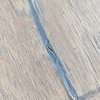
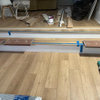
gamountains